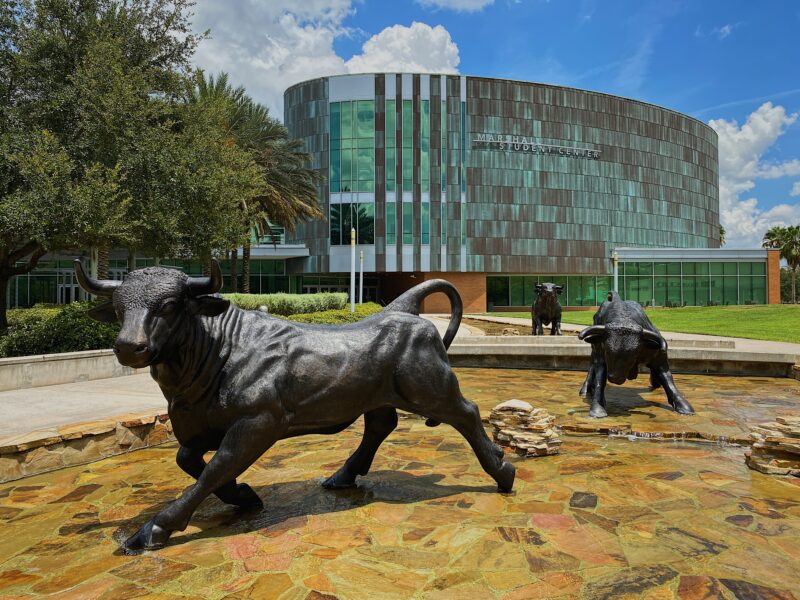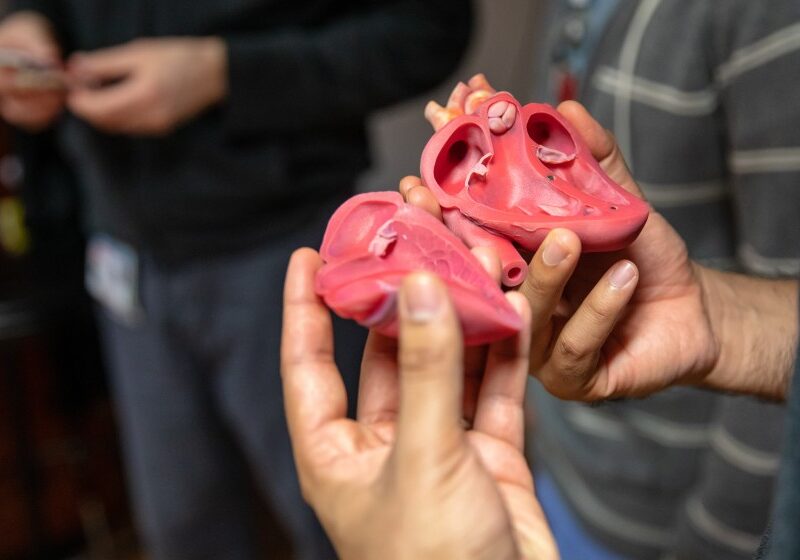
Two devices installed with Student Government funding cleans up harbor.
Underneath USF St. Petersburg lies the largest storm drain in the area, polluting Bayboro Harbor with the city’s trash for years.
Syringes, broken TVs, traffic signs and cell phones have washed into the university’s waterfront from creeks running through urban areas.
“Having the biggest pipe in St. Pete, we get the biggest trash,” said Secretary of Sustainable Initiatives David Vasquez, 22.
The harbor issue has been a major concern for Student Environmental Awareness Society (SEAS) for years. Their monthly clean ups were impossible to schedule due to stormy weather and changing tides. They also lacked the funding needed to start the project. Last year, SEAS sought a grant from the Tampa Bay Estuary Program to restore the harbor and beach, but was not successful.
This year, however, things will be different.
Student Body President Jozef Gherman funded $3,500 for harbor restoration as part of the Presidential Initiatives Fund after SEAS reached out to him.
“It has been a project we have been working on for a while,” Gherman said. “We can now say goodbye to a trashy bay.”
To eradicate the trash in the harbor, two “WaterGoats” were installed around the harbor’s sewage pipes earlier this month. Made up of a C-shape steel cable with netting and Styrofoam buoys, the WaterGoat captures floating debris while allowing fish to swim underneath.
“The name is a play on words,” said the co-owner of WaterGoat LLC Clint Sterling. “In nature, goats will almost eat anything, including trash.”
However, SEAS still has more plans to improve the surrounding environment that require more funding.
The organization is applying for grants from environmental programs such as the Tampa Bay Estuary Program and Tampa Bay Watch. Along with other plans to revive the waterfront, SEAS hopes to grow Florida dune plants to stabilize the sand on the beach, which typically gets sucked away by the water pipe.
“Erosion is the beach’s biggest problem,” said SEAS member Diana Montes, 21.
Through Tampa Bay Watch, SEAS hopes to install additional oyster domes, which are concrete circular structures that attract oysters.
“[The oysters] would help cleanse the water by filtration, attract more sea life and prevent erosion by weakening powerful waves,” said SEAS President Cassidy McGrane, 19.
Other plans include purchasing equipment to measure the water quality.
“Our goal for this project is to make our mini beach a place for all students to come hang out and connect to the native Florida scenery,” Vasquez said.
Want to help clean up?
The next beach cleanup is Oct. 1 at 5 p.m. by the harbor.


